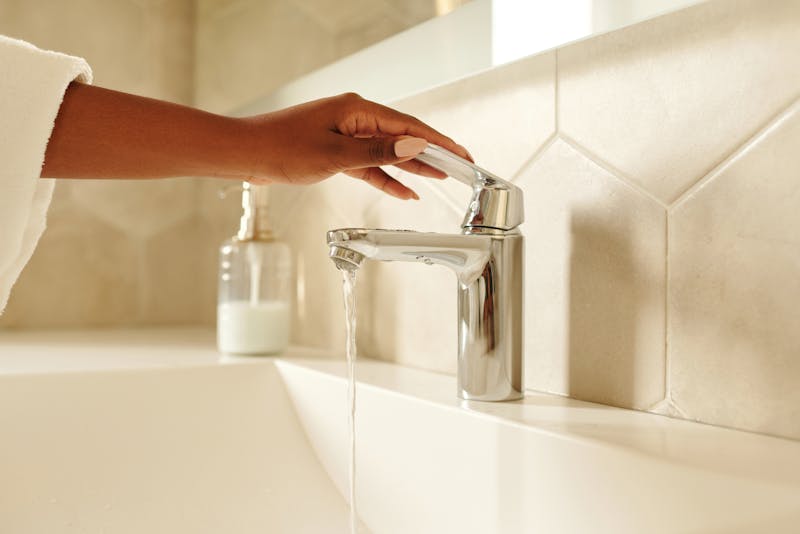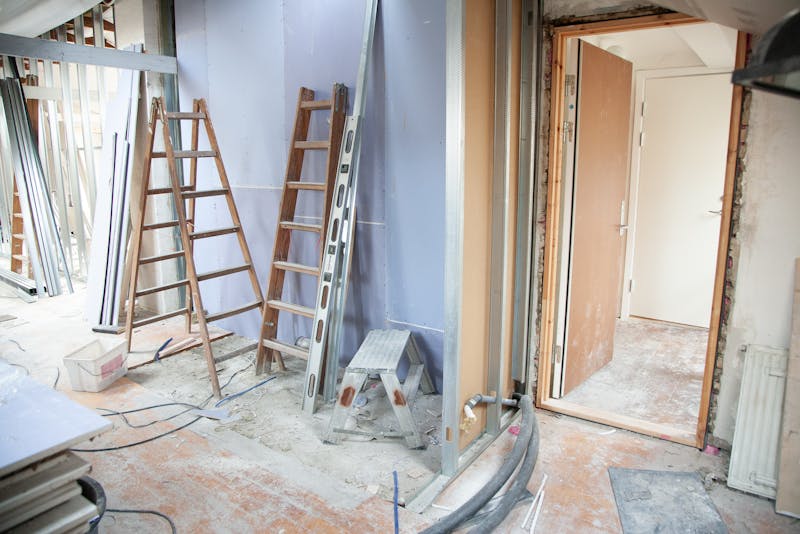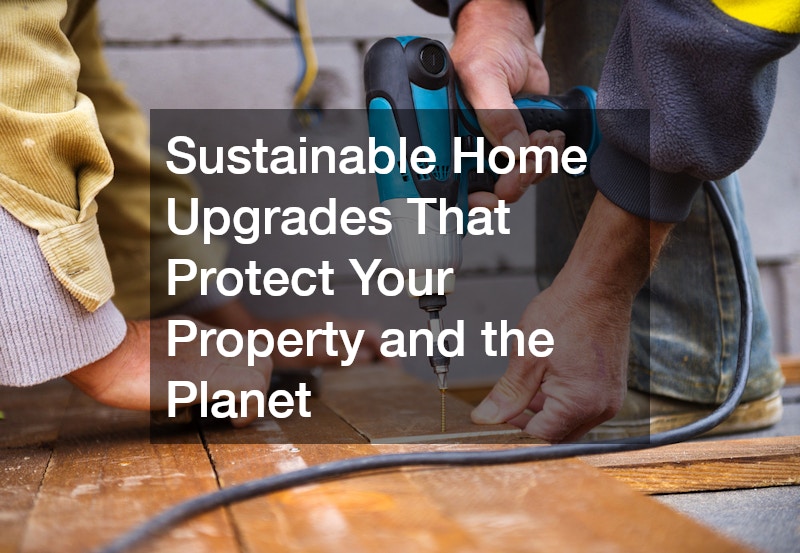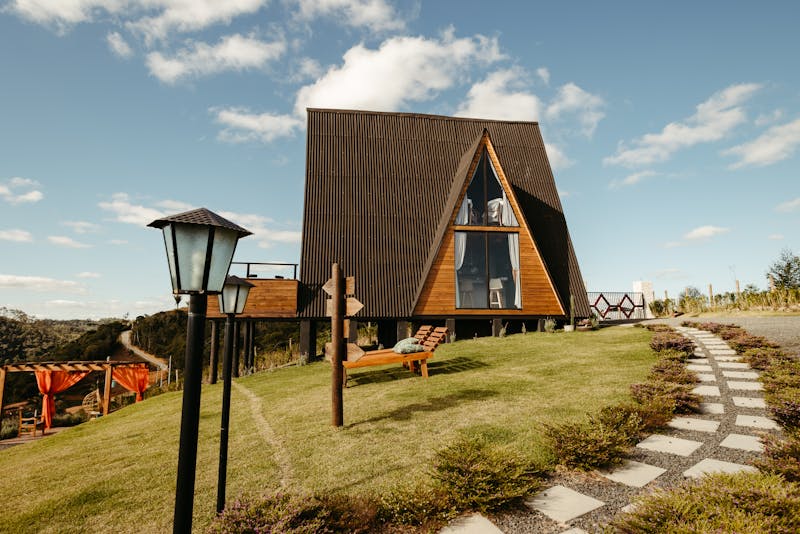- Start with energy efficiency improvements, as they deliver the highest impact on cost savings and environmental benefits.
- Conduct a home energy audit to identify the best starting points for sustainable upgrades.
- Simple changes like low-flow fixtures, LED lighting, and improved insulation can make an immediate difference.
- Choosing eco-friendly materials, such as reclaimed wood and low-VOC paint, supports long-term sustainability.
- Smart home technologies help reduce energy and water waste through automation and monitoring.
- Planning long-term upgrades, such as solar panels or high-efficiency HVAC systems, builds a more resilient and sustainable home.
Creating a sustainable home is no longer a trend; it’s an essential step toward reducing long-term costs, lowering environmental impact, and improving your living comfort. For many homeowners, the challenge isn’t deciding whether to make their home eco-friendlier—it’s knowing where to start. Sustainable home improvements can range from simple DIY projects to larger upgrades that significantly boost energy efficiency.
Whether you own an older home or a newly constructed property, building a greener and more resource-efficient space is achievable with practical, well-planned steps. This guide helps you understand the best starting points, including energy, water, materials, and long-term planning.
Why Start with Energy Efficiency?
Before diving into various upgrades, it helps to understand why energy efficiency is often the first step. Energy-related improvements typically deliver the greatest returns in savings and environmental impact. Homes with poor insulation, outdated appliances, or inefficient heating systems waste a high amount of energy daily. When you reduce energy consumption, the benefits extend beyond your utility bills. You also decrease your carbon footprint, improve indoor comfort, and increase your home’s value.
Many homeowners begin with an energy audit to identify where improvements are needed most. These insights help you avoid guesswork and invest in the upgrades that will make the biggest difference.
Key Energy Efficiency Improvements to Consider
- Replace aging light bulbs with LED options
- Install programmable or smart thermostats
- Upgrade to energy-efficient appliances
- Improve insulation in the attic or walls
- Seal gaps around windows and doors
- Consider solar energy if the property allows it
Sustainable Home Improvements: Where to Start
Because the keyword “what is a sustainable home” is now part of daily conversations, many homeowners wonder which upgrades create the strongest foundation for long-term sustainability. The best starting point depends on your home’s current condition, your budget, and your long-term goals.
Generally, the most effective approach is to address the areas that affect your home’s daily consumption of resources. This includes lighting, energy use, ventilation, heating, cooling, and water management. Small and affordable improvements can create instant benefits, while larger upgrades offer lasting returns. Starting with the essentials also helps you develop a clearer plan for future green projects.
Smart First-Step Improvements for Homeowners
- Conduct a professional home energy audit
- Swap outdated fixtures and appliances for efficient alternatives
- Improve ventilation and air sealing to reduce energy leaks
- Install low-flow fixtures to manage water consumption
- Add window treatments for temperature control
How Can Water Efficiency Improvements Help?

Water is one of the most valuable home resources, yet many homeowners overlook how much is wasted each day. Investing in water-efficient upgrades doesn’t just help the environment; it also reduces monthly utility expenses. Water-saving solutions are often affordable and easy to install, making them ideal starting points for any sustainable home improvement plan.
By prioritizing water management early, you prevent waste, improve household efficiency, and contribute to long-term conservation efforts. Water-efficient choices also boost your home’s appeal, especially as more buyers search for environmentally responsible properties.
Effective Water-Saving Upgrades
- Switch to low-flow showerheads and faucets
- Install a dual-flush or high-efficiency toilet
- Add aerators to existing faucets
- Use smart irrigation systems outdoors
- Collect rainwater for garden use
Which Building Materials Support Sustainability?
Choosing eco-friendly building materials is another impactful step. Whether you’re renovating a room or planning a larger home improvement project, sustainable materials reduce waste, last longer, and often perform better than traditional options. Many homeowners assume these materials are expensive, but there are numerous affordable and durable choices.
From recycled content to low-emission products, the right materials can transform your home’s environmental performance. Selecting greener materials early in your renovation cycle ensures your upgrade is both environmentally and financially responsible.
Examples of Sustainable Materials
- Recycled or reclaimed wood
- Bamboo flooring
- Low-VOC or non-toxic paints
- Recycled metal and glass fixtures
- Eco-friendly insulation materials, such as cellulose
Are Smart Home Technologies Worth Adding?
Smart home technologies are becoming powerful tools for sustainable living. They help homeowners monitor energy consumption, automate heating or cooling, and reduce unnecessary waste. While smart upgrades may seem optional, their impact becomes clear when you track how much energy and water your home uses daily. These technologies have evolved into practical, accessible tools that create long-term savings and added convenience.
When combined with energy- and water-efficient upgrades, smart systems maximize your home’s overall sustainability.
Helpful Smart Home Tools
- Smart thermostats
- Energy-monitoring plugs
- Motion-sensor lighting
- Smart sprinkler timers
- Smart leak detectors
What Should Homeowners Plan for Long-Term Sustainability?
Long-term planning ensures that each improvement you make supports a more efficient home over time. Sustainable home improvements become most effective when they follow a clear roadmap. Begin with the essentials—energy efficiency, water management, and better materials—then expand into larger upgrades, such as solar power, green roofing, or major insulation overhauls.
Many homeowners also schedule sustainability projects alongside traditional renovations, allowing them to save more time and money. Thinking long-term transforms your property into a more resilient, comfortable, and resource-efficient home.



